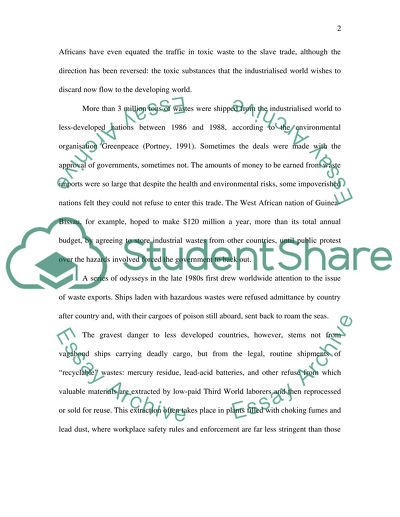Cite this document
(“Industrial Waste Essay Example | Topics and Well Written Essays - 1000 words”, n.d.)
Industrial Waste Essay Example | Topics and Well Written Essays - 1000 words. Retrieved from https://studentshare.org/miscellaneous/1524654-industrial-waste
Industrial Waste Essay Example | Topics and Well Written Essays - 1000 words. Retrieved from https://studentshare.org/miscellaneous/1524654-industrial-waste
(Industrial Waste Essay Example | Topics and Well Written Essays - 1000 Words)
Industrial Waste Essay Example | Topics and Well Written Essays - 1000 Words. https://studentshare.org/miscellaneous/1524654-industrial-waste.
Industrial Waste Essay Example | Topics and Well Written Essays - 1000 Words. https://studentshare.org/miscellaneous/1524654-industrial-waste.
“Industrial Waste Essay Example | Topics and Well Written Essays - 1000 Words”, n.d. https://studentshare.org/miscellaneous/1524654-industrial-waste.


